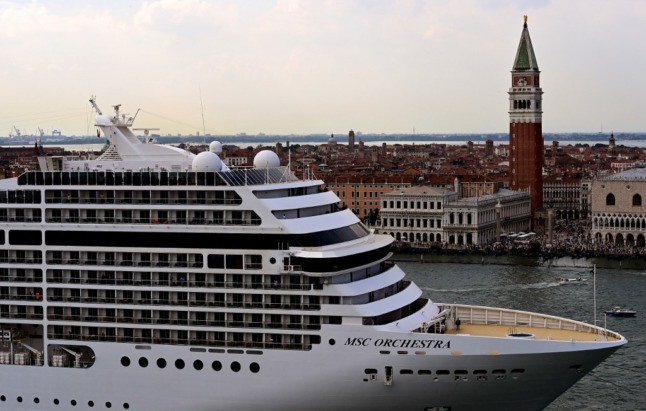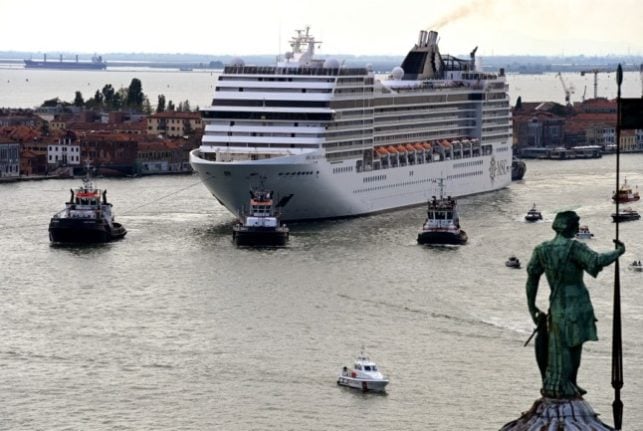The classification, made by the International Transport Workers’ Federation (ITF), follows a long conflict between the Port of Oslo and its registered harbour workers, reports media Vårt Oslo.
Employees at the harbour have been without work for two and a half years due to a labour dispute with Turkish company Yilport, which took over operations at the port in 2015, according to Vårt Oslo.
The use of ship crews to unload ships observed last week – against International Labour Organisation conventions – was one of the justifications used by ITF to assign the Port of Convenience (POC) status to the Port of Oslo, reports media FriFagbevegelse.
Such practice fails to prevent workers at docks from losing their jobs to ships’ crews.
The ITF announcement makes Oslo’s harbour the first in Europe to be given the POC classification, which is reserved for harbours at which registered port workers are not used to load and unloads ship cargo.
“The decision can have a significant influence on maritime traffic in and out of Oslo Harbour,” Norwegian Transport Workers' Union (NTF) chairperson Lars M. Johnsen told Vårt Oslo.
“Cruise ship owners are concerned with the safety of the ports at which they dock,” Johnsen added.
NTF estimates that the port could stand to lose 200 million kroner (21 million euros) from cruise traffic alone, should these ships choose to stay away from Oslo.
READ ALSO: Norway's workers are among the happiest in the world




 Please whitelist us to continue reading.
Please whitelist us to continue reading.